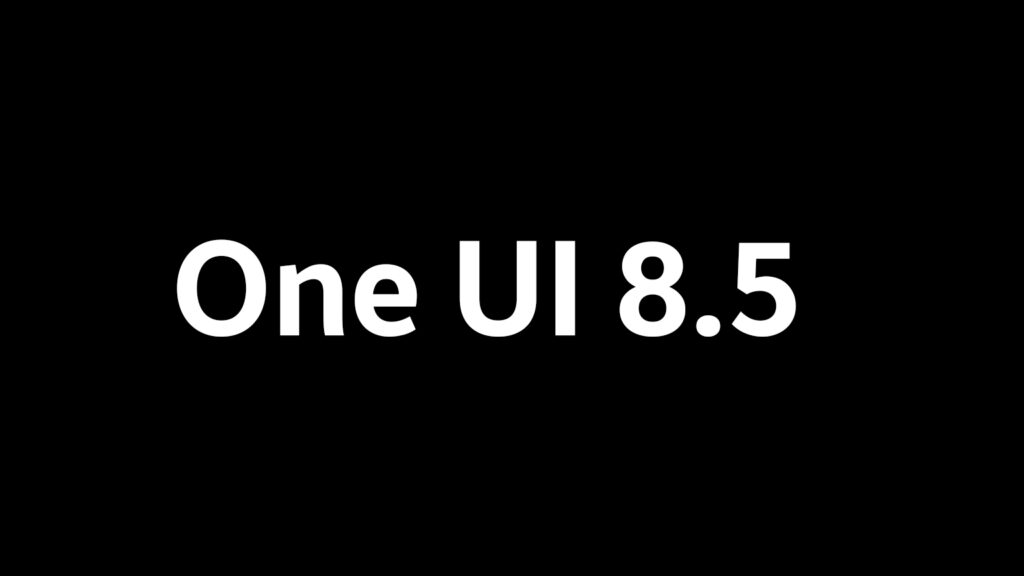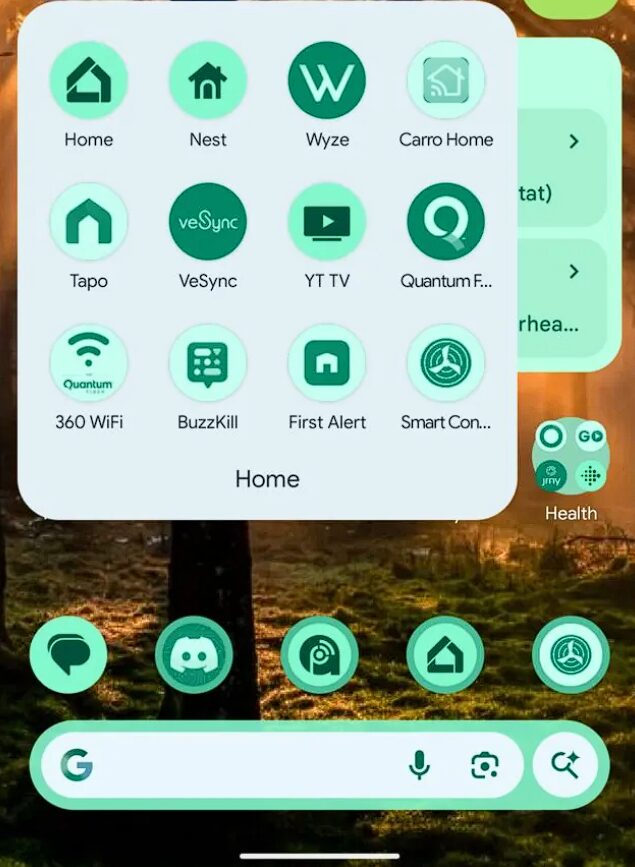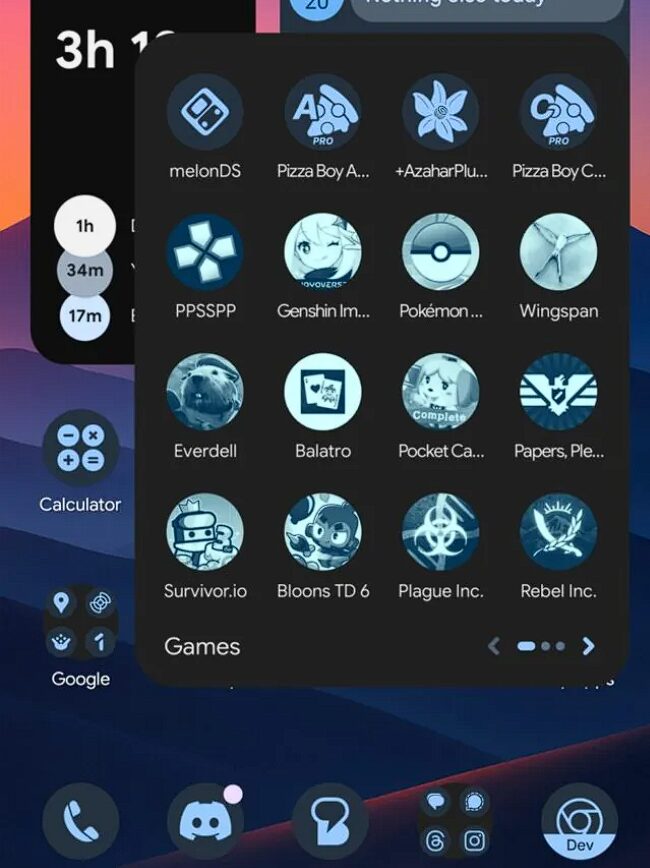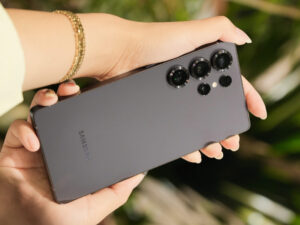Google is stepping up to address the long-standing inconsistency across Android home screens, finally, with serious intent. After giving app developers plenty of runway to adopt the themed icon standard, the company is shifting gears. Beginning with Android 16 QPR2 Beta 1, Google will auto-generate themed icons for any apps that haven’t provided their own. It’s a notable policy update that will make a distinct impact, especially on Samsung Galaxy devices.
Android now has a new Theme Icon policy
This move directly targets the fragmented visuals that have plagued Android. Themed icons, first introduced back with Android 12, were supposed to align app aesthetics with the system’s look. Yet adoption was uneven, leaving users with disjointed and distracting home screens that clashed with any carefully-chosen Color Palette.
To address this, Google has officially updated its Play Developer Distribution Agreement, giving them the legal green light to apply a color-filtering algorithm to any app icons missing a themed variant. The result? When users enable themed icons, every app will conform no exceptions, and no manual work needed from third parties.
This shift has pronounced benefits for Samsung, which has invested heavily in its own theming engine, Color Palette, within One UI. Previously, the lack of developer participation meant Samsung’s vision for a visually consistent interface just wasn’t possible, despite the tools being there.
With Google’s enforcement, Samsung gets to leverage Color Palette to its full potential. All icons, no matter where they come from, will now fit a unified design language. For users, this translates into a more sophisticated and professional appearance on their devices right from setup. It’s a clear enhancement for both Samsung as a brand and the customer experience.
The smart money is on Samsung threading this improvement into its next release: One UI 8.5, expected to launch with the flagship Galaxy S26 series. If so, those picking up new devices will encounter a home screen that meets modern design expectations without compromise.
To sum up, Google’s new policy is a direct win for Samsung’s UX ambitions. It streamlines home screens for a polished, business-ready look, aligning Android’s aesthetics with user expectations and broader brand strategies in the competitive premium smartphone market.
Source: Android Authority


 Erencan Yılmaz
Erencan Yılmaz



